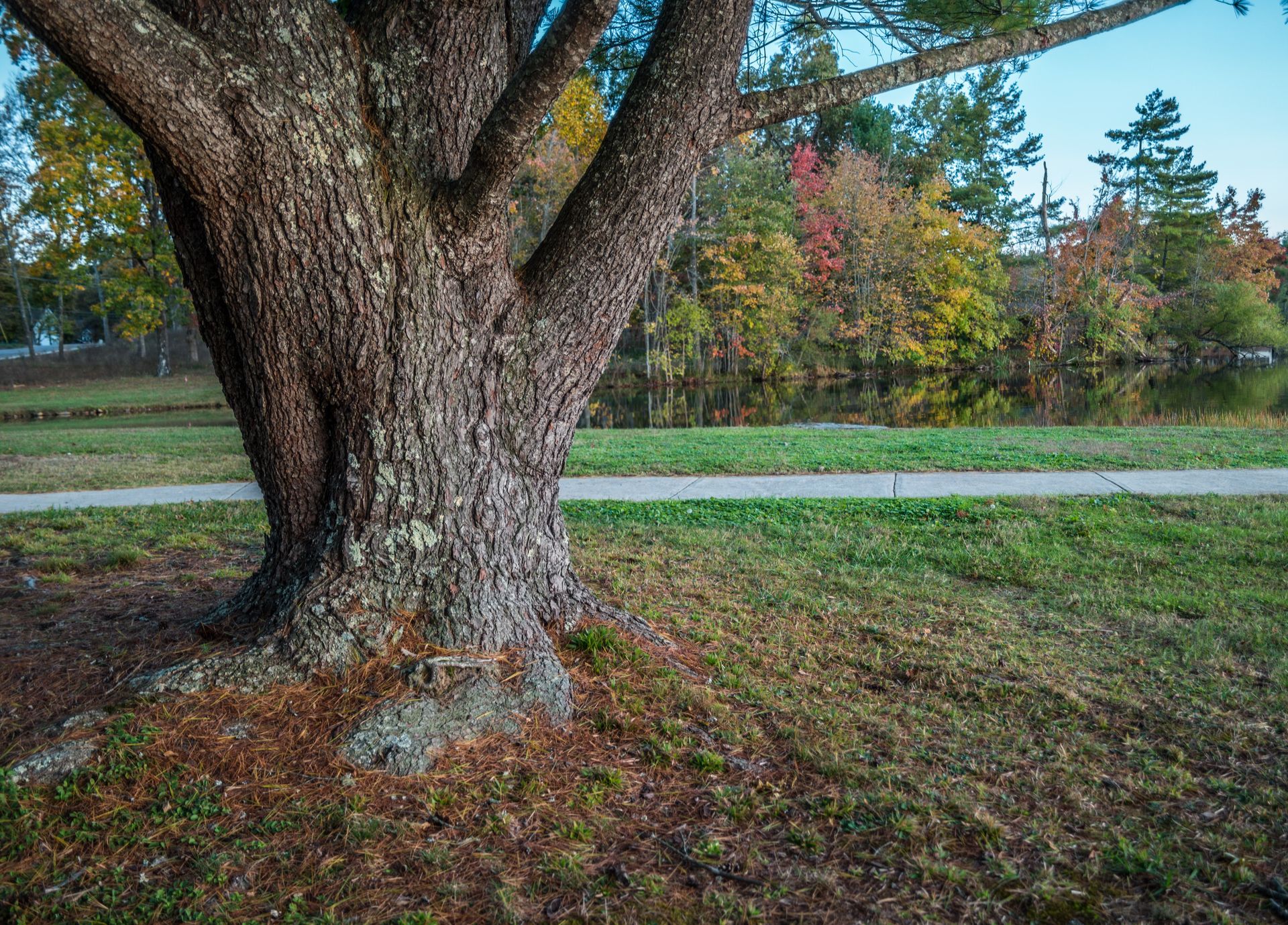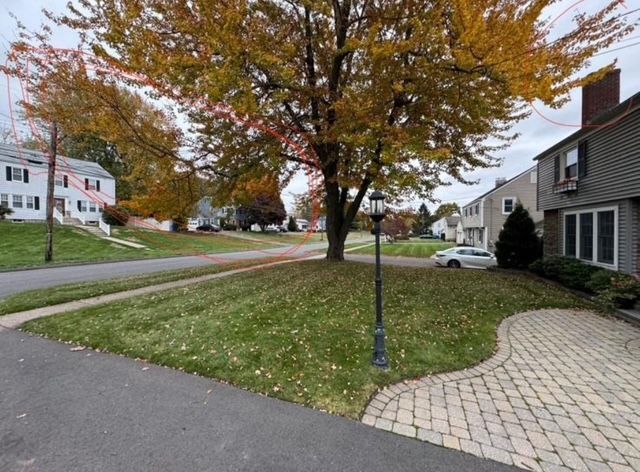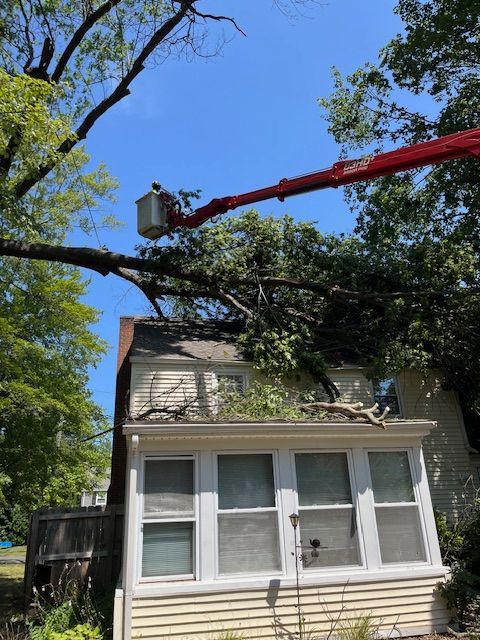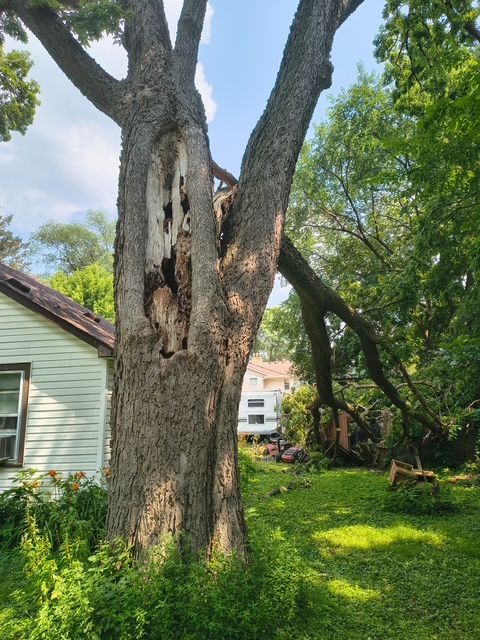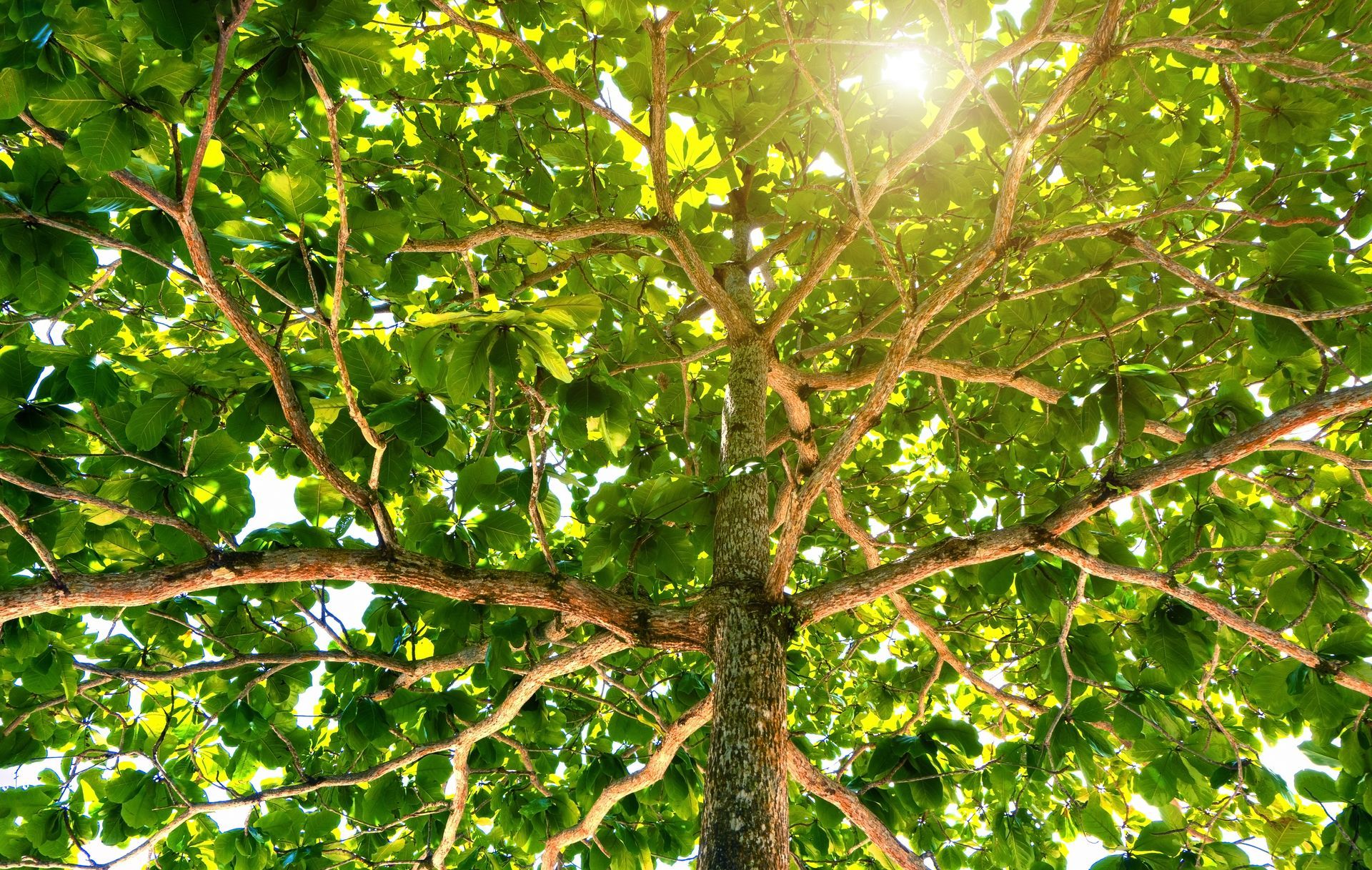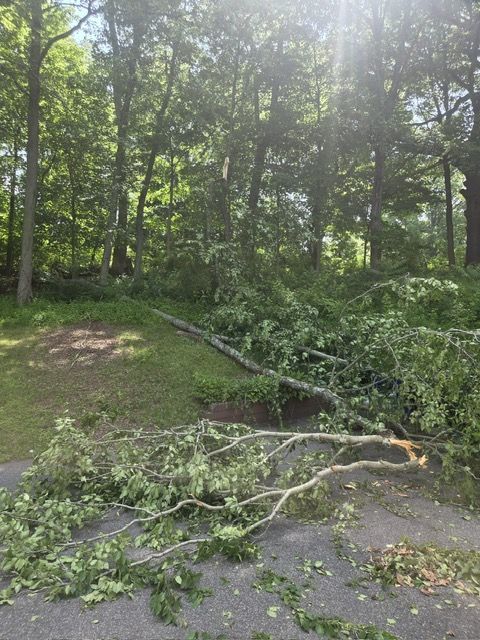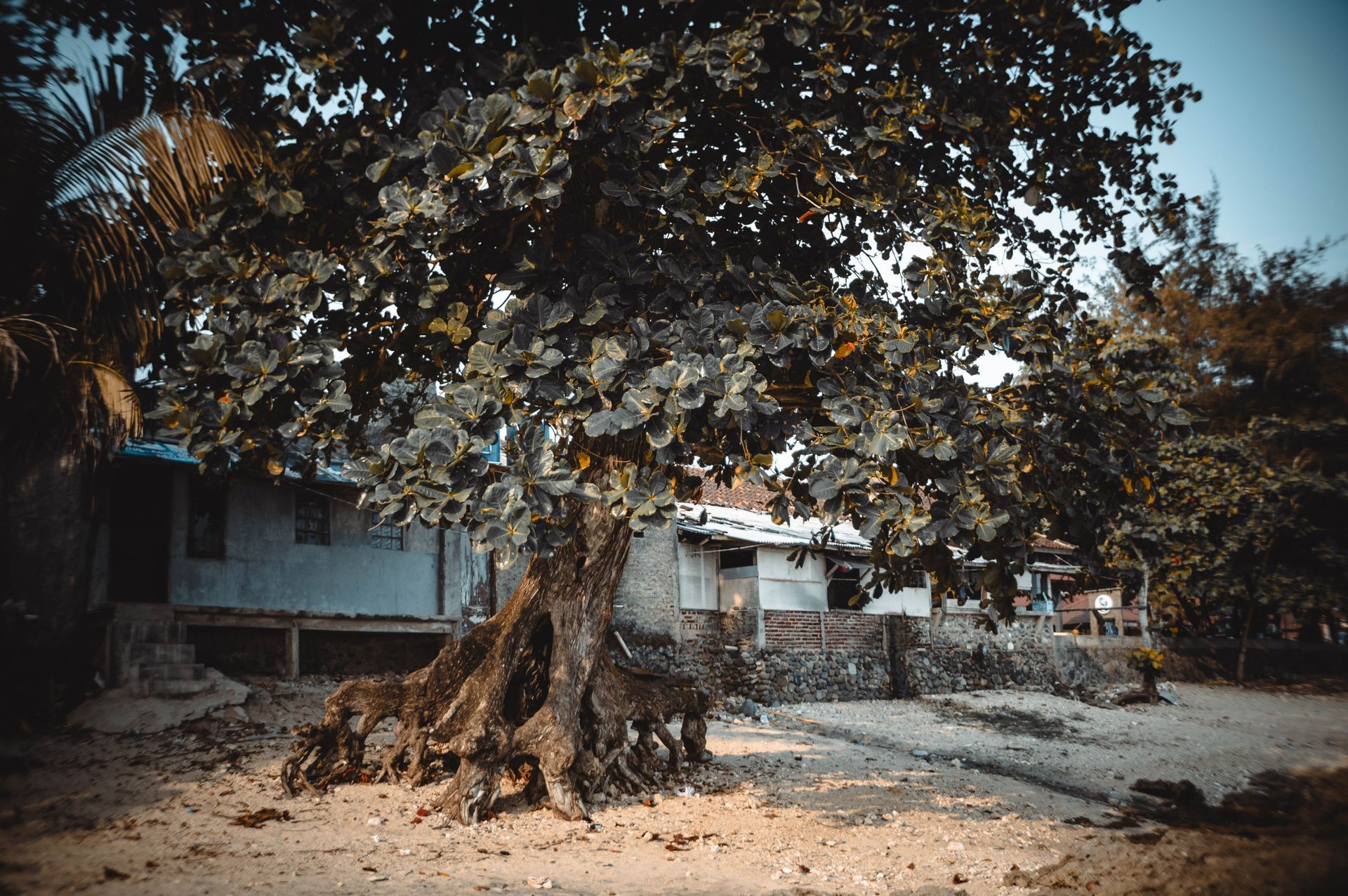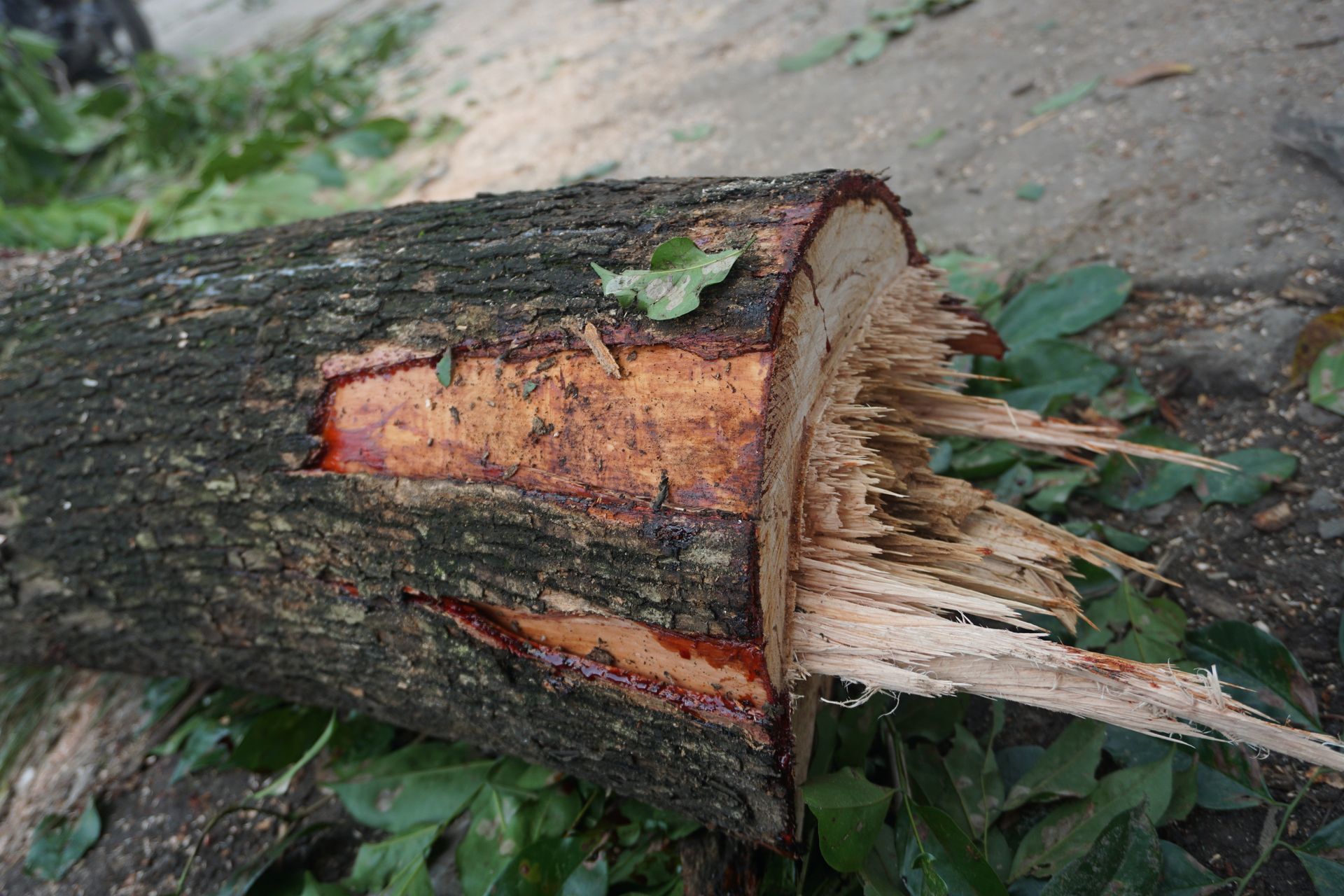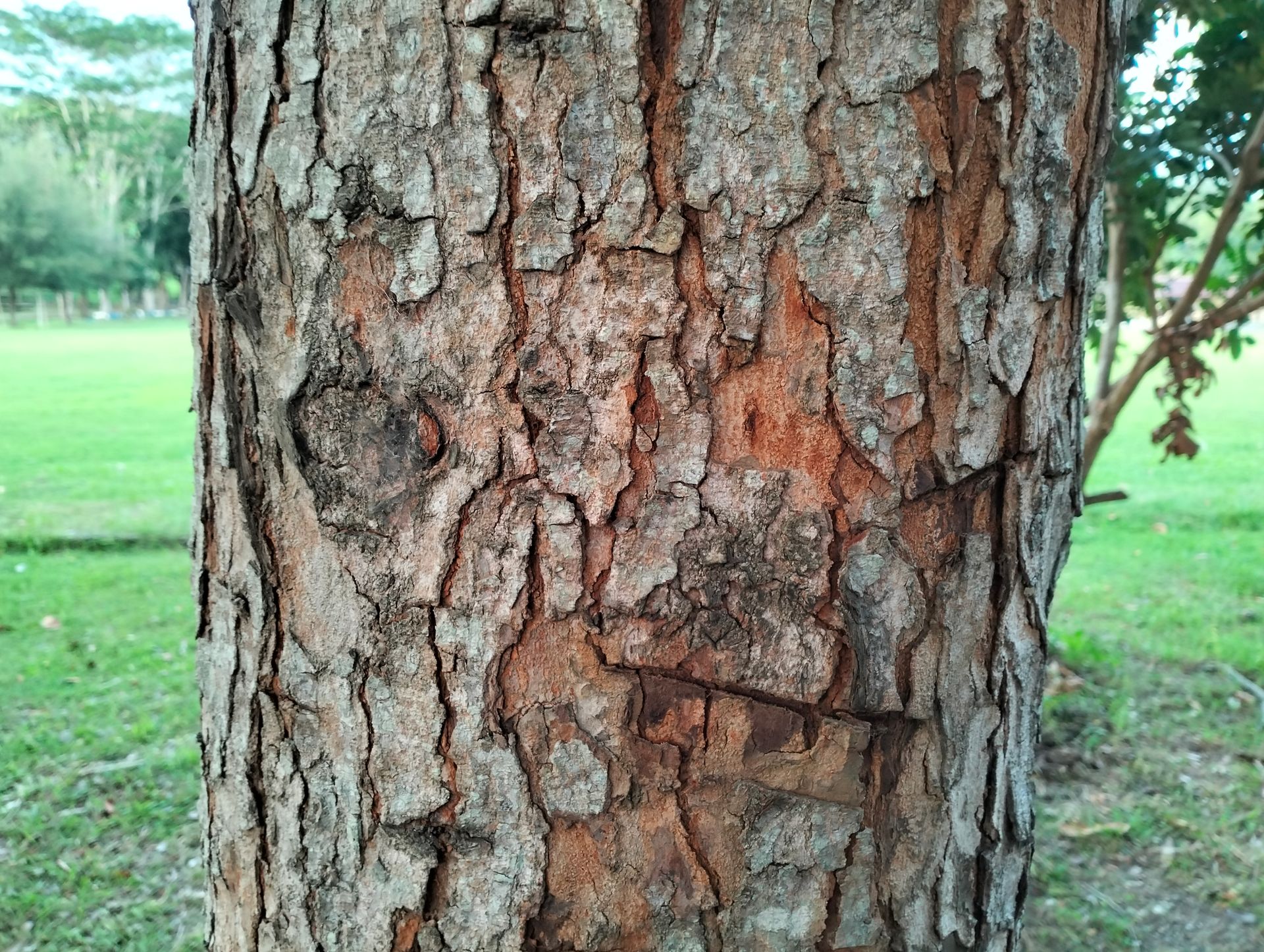Why is Tree Trimming Necessary?
The Importance of Regular Tree Pruning for Tree Health:
Tree pruning, also known as tree trimming, is an essential practice for maintaining tree health and appearance. This guide explores the importance of regular tree pruning and provides insights into why it is crucial for tree health.
Benefits of Tree Pruning
Regular tree pruning offers various benefits for both the health and aesthetics of trees:
- Enhanced Tree Health: Pruning removes dead or diseased branches, promoting overall tree health and reducing the risk of pests and diseases.
- Improved Aesthetics: Regular pruning helps trees maintain their natural shape and appearance, enhancing the beauty of the landscape.
- Safety: Trimming reduces the risk of falling limbs, which can cause property damage or injury.
- Increased Sunlight and Air Circulation: Pruning opens up the canopy, allowing more sunlight and air to reach the tree, promoting healthy growth.
- Encourages Fruit Production: Trimming stimulates fruit production in fruit-bearing trees by redirecting energy to fruit-bearing branches.
When to Prune Trees
The ideal time for tree pruning depends on the tree species and desired outcome. Light pruning can be done at any time, while extensive pruning is best during the tree's dormant season. However, it's crucial to promptly remove dead or damaged branches regardless of the season.
Types of Tree Pruning
There are several tree pruning techniques:
- Crown Cleaning: This involves removing dead, diseased, or broken branches from the tree's canopy.
- Crown Thinning: This technique removes select branches to improve light and air circulation within the canopy.
- Crown Raising: Lower branches are removed to provide clearance for buildings, vehicles, or pedestrians.
- Crown Reduction: This technique removes select branches to reduce the tree's overall size.
Tools for Tree Pruning
Using the right tools is essential for safe and effective tree pruning:
- Pruning Shears: Ideal for cutting small branches and twigs.
- Loppers: Used for cutting larger branches.
- Pruning Saw: Ideal for cutting branches too large for pruning shears or loppers.
- Pole Pruner: Used for trimming branches out of reach.
Safety Tips for Tree Pruning
Tree pruning can be hazardous, so proper safety precautions are essential:
- Wear protective gear, including gloves, safety glasses, and a helmet.
- Use the right tools for the job and ensure they are in good condition.
- Avoid pruning trees near power lines.
- Consider hiring a professional tree service for large or complex pruning jobs.
Regular tree pruning is essential for maintaining tree health and aesthetics. Understanding the importance of tree pruning and following proper techniques can help ensure the health and beauty of your trees for years to come.
